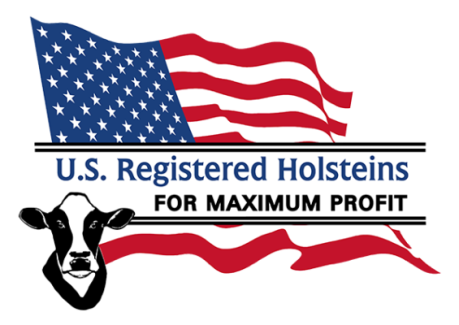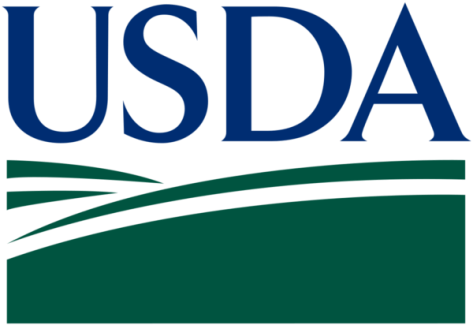Recent research in Scotland has identified genetic traits in Holstein-Friesian dairy cattle that have the potential, through breeding, to increase their resistance to bovine tuberculosis.
The study, published in the journal Heredity, compared the genetic code of TB infected animals with that of disease-free cattle.
“Our study focused on the major dairy breed the Holstein-Friesian, and the genetics we have uncovered relates to that specific breed,” said lead researcher Liz Glass, chair of veterinary immunogenetics at the University of Edinburgh’s Roslin Institute.
Several factors influence why some cattle become infected and others do not, such as age, level of infection in the environment, herd size, animal density, management practices, previous exposure and variation in the pathogen’s genetic makeup.
But the inherent genetic variation of the animal plays a key role, Glass said.
“We think that the resistance trait relates to genetic variation in genes that control innate immunity, and their effect is to prevent or eliminate infection. Our evidence would suggest that it is not a single gene but multiple genes.”
Glass’s research team worked with colleagues from the Agri-Food and Biosciences Institute and Queen’s University, both in Belfast.
Bovine TB is caused by the bacterium mycobacterium bovis and is characterized by granulomas in infected tissue. It is a serious disease of livestock and of major economic importance worldwide. Wildlife species are susceptible, and it can pass from livestock to humans.
The pathogen is estimated to cause 10 to 15 percent of human TB cases in the developing world and is believed to be the fourth most significant livestock disease in terms of human health and economic impacts.
A cow with lung lesions spreads the disease through a herd by coughing tiny infected droplets into the air, which other cattle inhale. They also gain exposure from contaminated feed and water.
The greatest threat is when infected animals are moved from one herd to another with extended close contact.
The research team conducted a genome-wide association study of female Holstein–Friesian cattle with 592 disease-affected cows and 559 age-matched unaffected cows that matched the diseased cows with regard to their environment and their genetic background.
Cattle from 146 dairy herds in Northern Ireland were also studied.
The team genotyped the animals and used computer analysis and mapping to identify two novel resistance locations.
Glass said the genetic signatures are determined by SNP patterns, or variations between the affected and unaffected cattle at many regions across the genome.
SNP, or single nucleotide polymorphisms, is a change in a single location in the DNA structure, and each one provides a measure of genetic variants.
“Mycobacterium bovis is a very successful pathogen because it can infect many different species.”
Glass said some studies have suggested that temperature and altitude may play a role in the bacteria’s survival, but more studies are needed.
Bovine TB is a reportable disease in Canada, and the Canadian Food Inspection Agency follows a strict testing and eradication program.
“Some studies suggest there is a negative correlation between breeding for production traits and disease susceptibility,” Glass said.
“However, there are studies showing the opposite. I think it probably depends on the breed and the traits being measured. Sometimes it can seem there is a trend at the phenotypic level but not at the genetic level. One study so far indicates that there is no adverse relationship between production traits and resistance to bovine TB”
Further research is planned.
“We hope by combining all the data together that we will be able to come up with SNP patterns that accurately predict whether a sire will have daughters that are most or least likely to become infected with M. bovis. Currently we have a paper in press that suggests that using our first set of data is feasible, but we do not think it is accurate enough for the breeders.”
She hopes choosing animals with better genotypes for TB resistance can help develop new breeding programs and other control strategies.
Source: Western Producer




